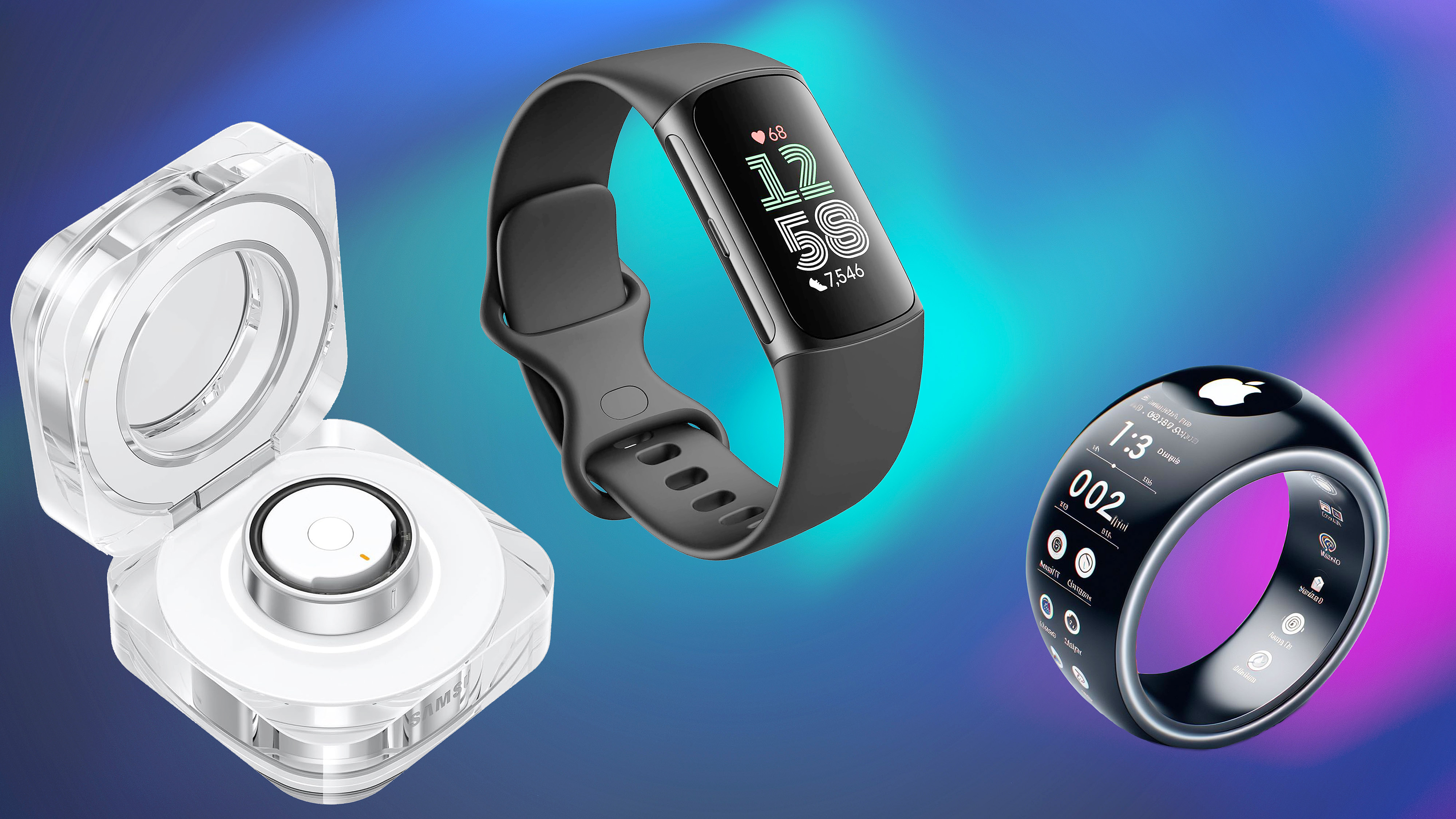Best Android phones in Australia 2025
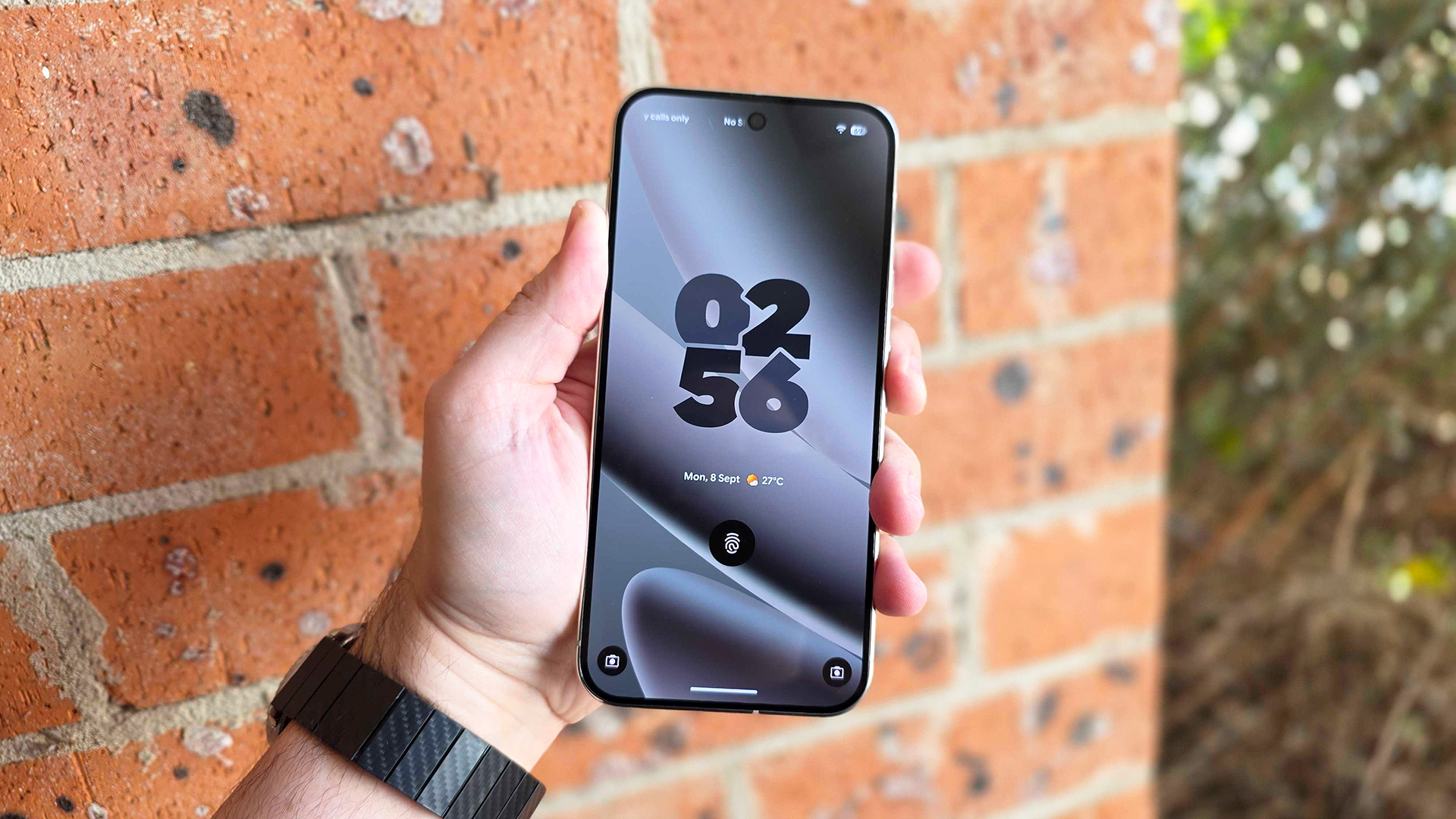
What sets Android apart is the freedom of choice it offers. The best Android phones cater to every budget, so whether you’re spending AU$499 or AU$2,499 there’s a device that fits your needs. The trick is figuring out which features matter most to you.
Over the past year, smartphones have evolved rapidly, with neural processors (NPUs) bringing new levels of interaction through AI. This guide highlights the top Android phones available in Australia, whether you’re after a great camera, a gorgeous display, sleek design, long-lasting battery, or cutting-edge AI features — there’s something here for everyone.
This year has brought some incredible devices, like Samsung's Galaxy S25 series and Google's Pixel 10 series. Now, Google's latest flagship, the Pixel 10 Pro XL, joins the ranks of the top Android phones in Australia. Keep reading to discover more about it and our other top picks for 2025.
The Quick List
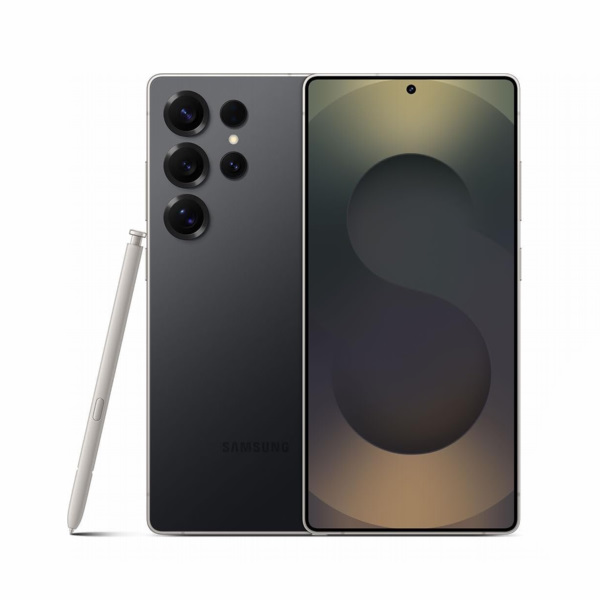
Samsung's Galaxy S25 Ultra is the best Android phone on the market, no question. Its Snapdragon 8 Elite For Galaxy chipset makes it incredibly powerful, and its upgraded 50MP ultrawide camera addresses one of our main issues with previous models. It also boasts incredible Galaxy AI features now work across multiple apps.
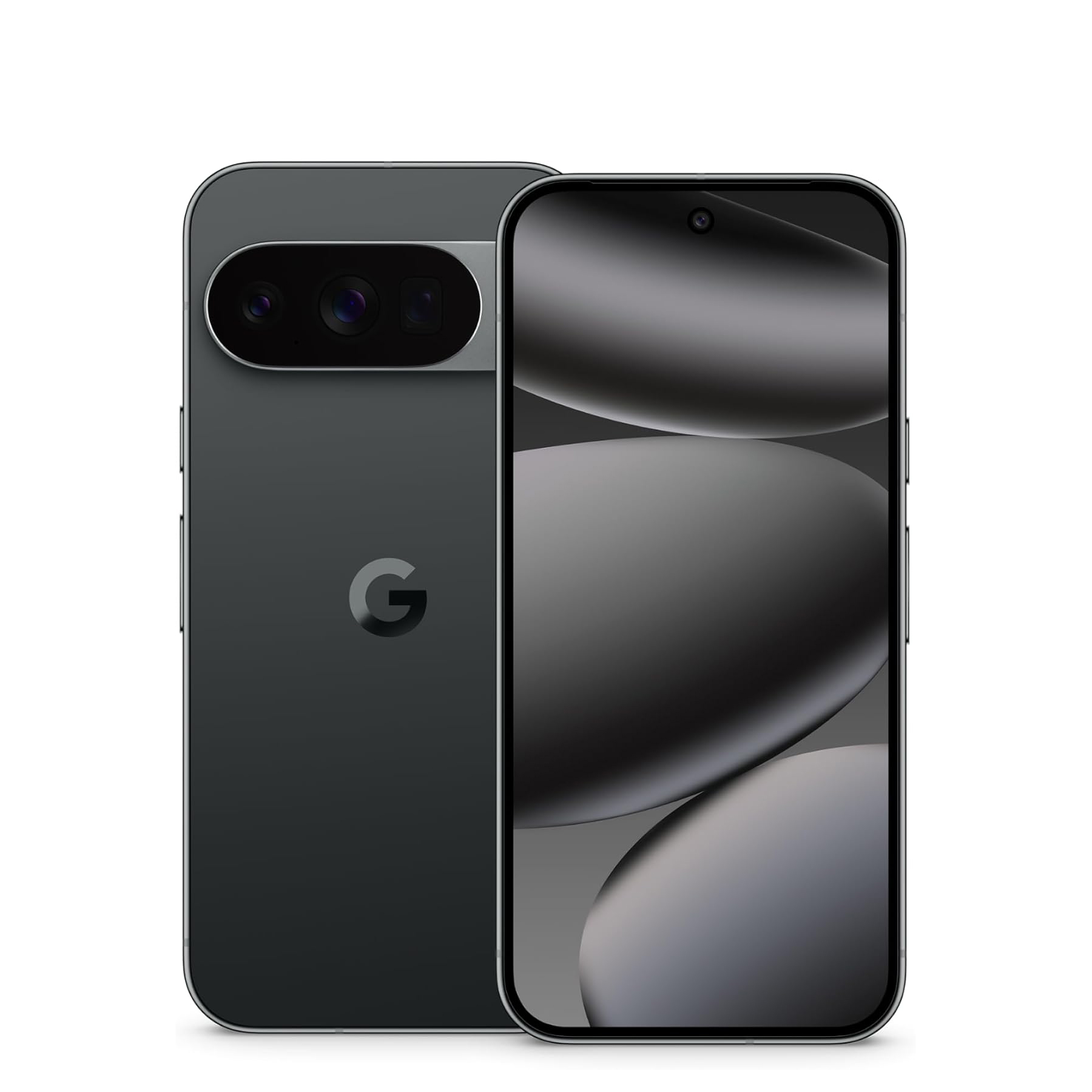
Artificial intelligence is becoming an integral part of smartphones, and the Pixel 10 Pro XL stands out with its impressive AI features designed to save you time and make life easier.
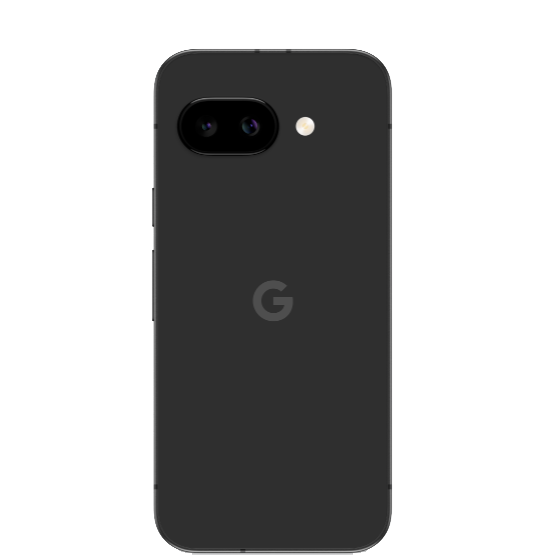
The Google Pixel 9a is a phone that offers the same great budget price, but with a whole wealth of power. For a phone under AU$850 you're getting a super bright display, versatile cameras and more.
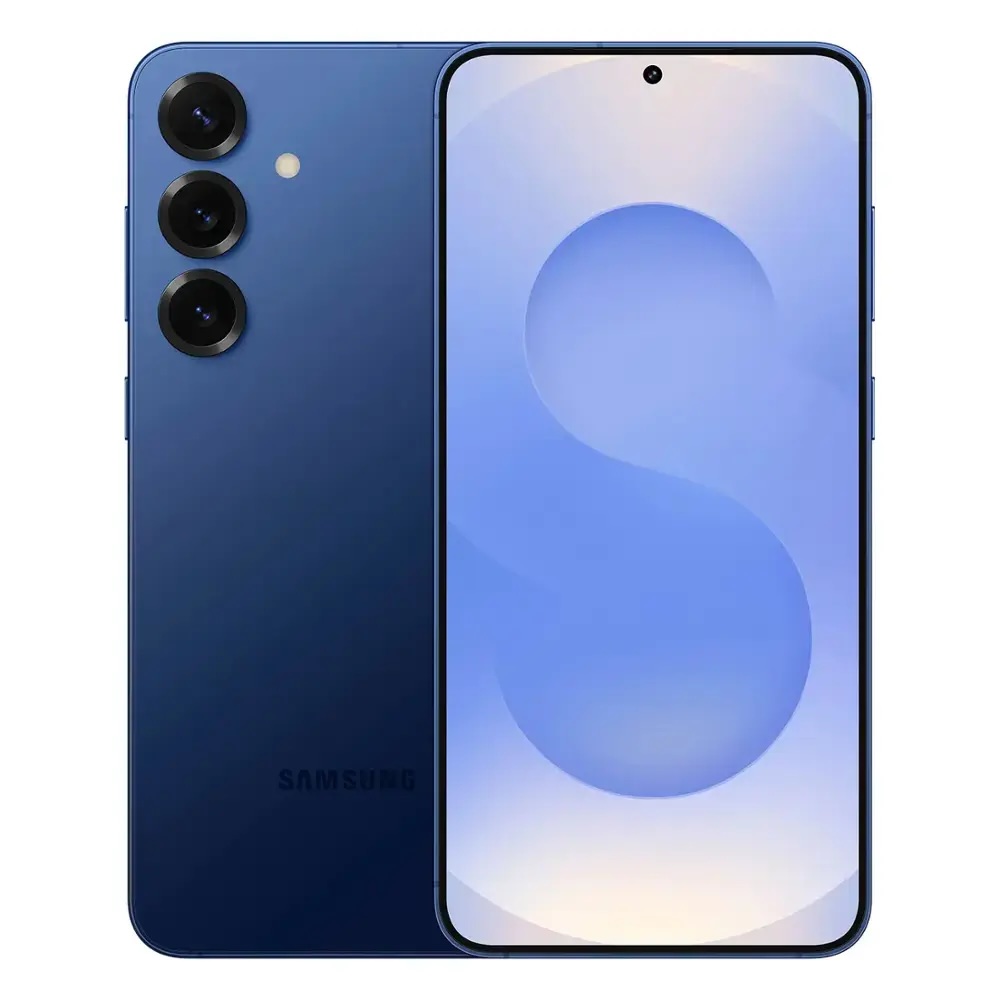
Anything the Galaxy S25 Ultra can do in terms of AI, the Galaxy S25 does it just as well. And Samsung's entry-level smartphone costs AU$800 less than the more premium Ultra. That makes up for the lack of big hardware changes, though we're also impressed with improved photo processing on the Galaxy S25 that yields more true-to-life colours.
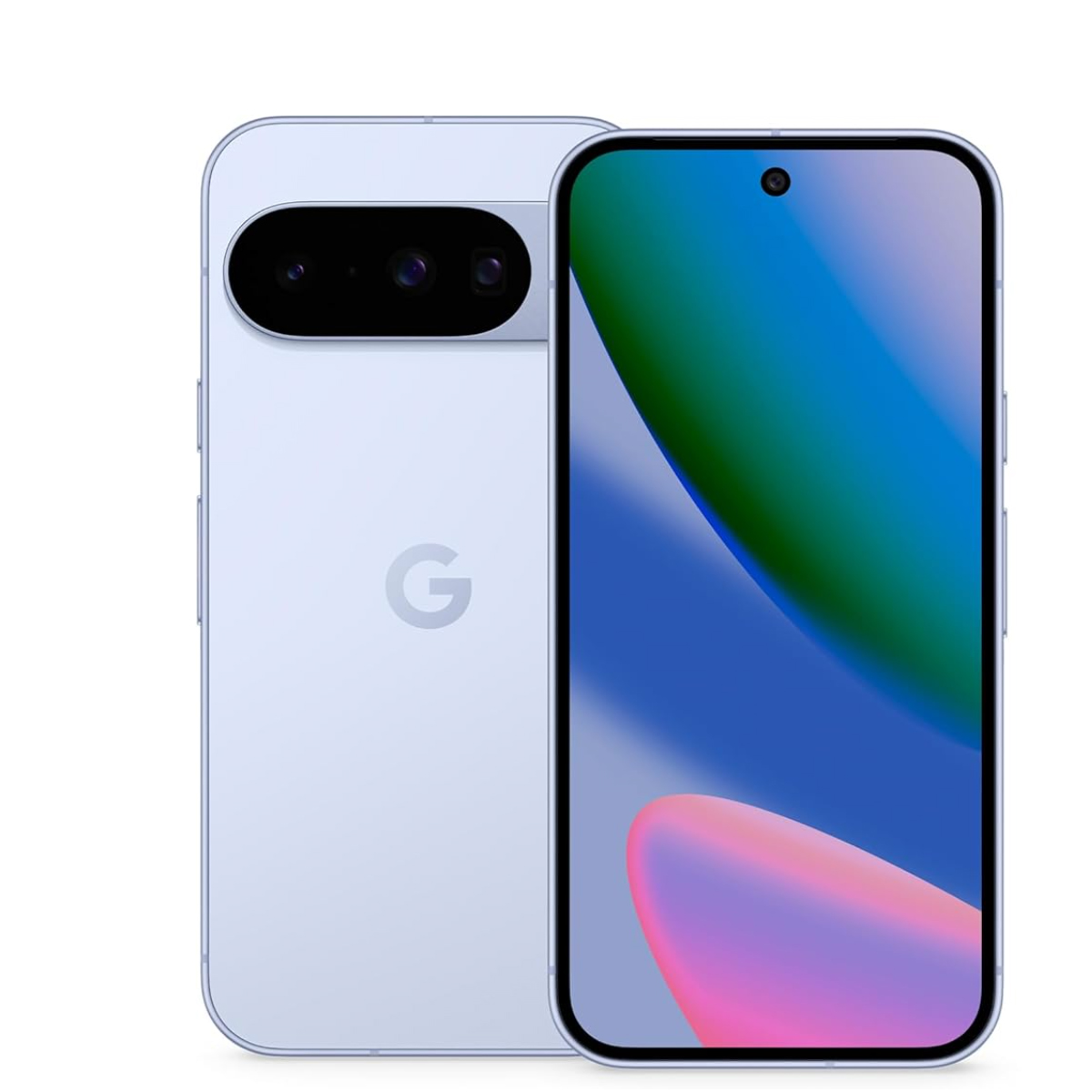
Don’t overlook the Pixel 10. While it may be lower in Google’s lineup, it still brings plenty of high-end features from the pricier Pixel 10 Pro XL — like a telephoto lens, making its debut on a non-Pro model.
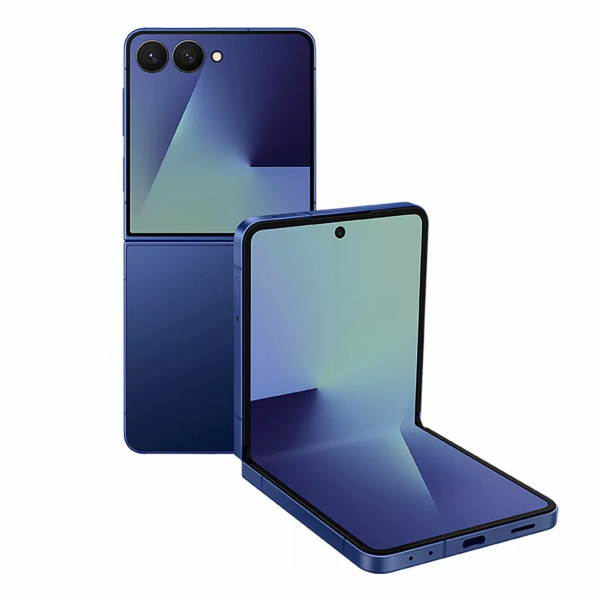
Samsung's latest flip phone is a winner, with a thinner design and larger screens, plus Galaxy AI features you can use right from the outer Flex Window. Cameras don't see any major changes, but it's still the best performing camera phone among foldables.
The best Android phones you can buy today
Why you can trust Tom's Guide
Best Android phone overall
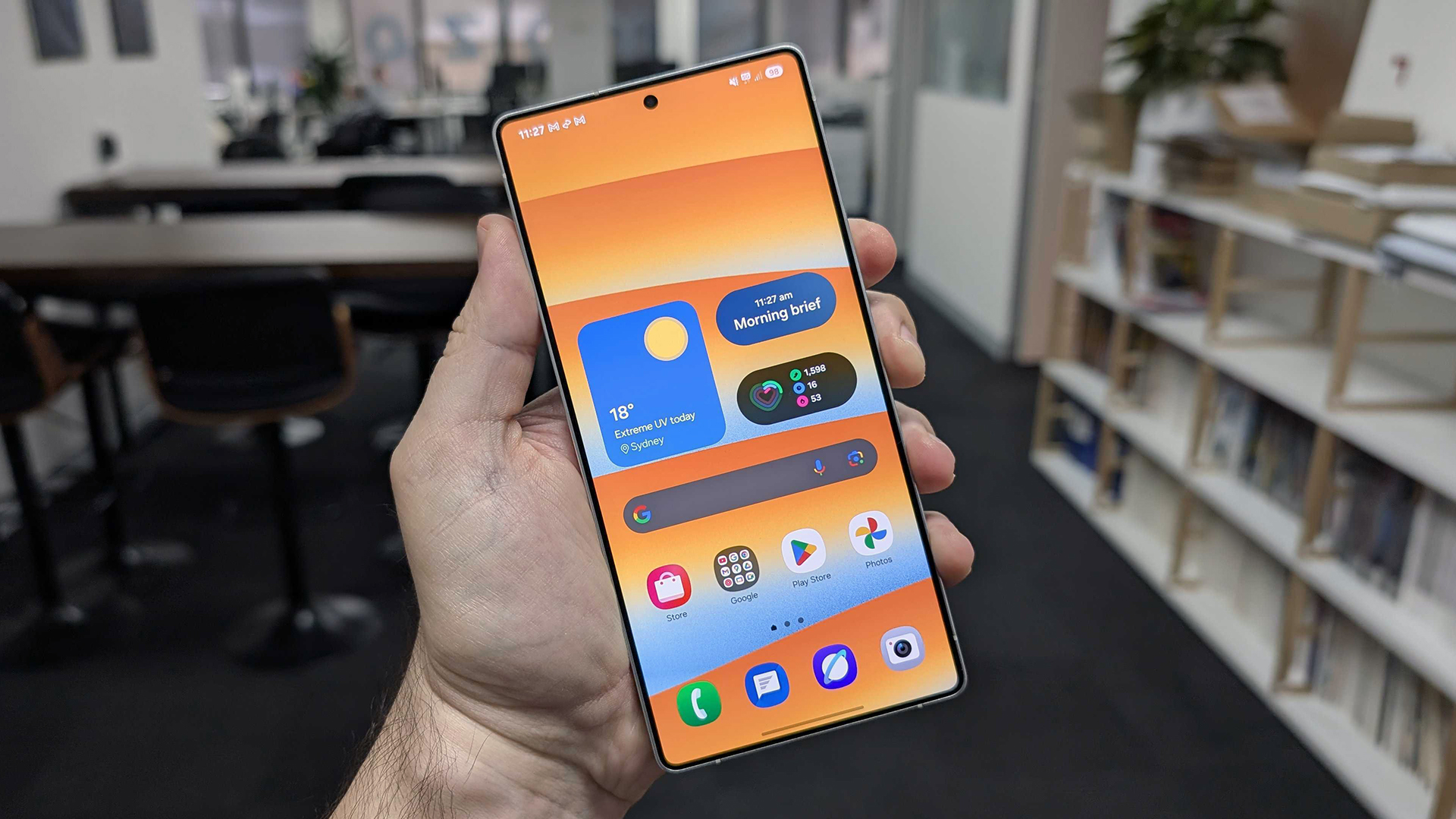
Specifications
Reasons to buy
Reasons to avoid
Samsung's Galaxy S25 Ultra is our pick for the best handset in the world right now, and that includes non-Android devices. When compared side by side, the Galaxy S25 Ultra has much in common with its predecessor, the Galaxy S24 Ultra. However, it has a few key differences which prove to be major improvements.
For starters, it offers an astounding performance uptick thanks to the new Snapdragon 8 Elite chipset, which has been optimised for Samsung's Galaxy S25 lineup. Not only does it offer the best benchmark results of any Android handset outside of the gaming-focused Asus ROG Phone 9 Pro, it also outperforms Apple's current flagship in several tests.
On top of its processing benefits, the chipset also brings with it improved power efficiency, resulting in the longest battery life of any Samsung phone we've tested, besting the S24 Ultra by roughly half an hour.
The new flagship is also a little more 'Ultra' than prior models, thanks to a much needed upgrade to its ultra-wide camera, now offering a 50MP sensor instead of the previous 12MP snapper. An upgraded ProVisual Engine also results in improved image processing and more natural colours in photos.
Of course, its the Galaxy S25 Ultra's new Galaxy AI features which provide the most noticeable upgrade — the phone can now perform complex actions across compatible apps with simple spoken commands. For instance, you can ask the Gemini assistant to look up an event, add it to your calendar and then text your friend about it in one go, as demonstrated in our video review below.
There's also a new Now Brief feature, which seems like an attempt to deliver similar functionality to Apple's Dynamic Island by rounding up personalised information based on your apps, calendar and interests, though we haven't found it to be too useful so far. That said, it's supposed to get better with time, so we'll have to wait and see how that plays out.
Of course, the Galaxy S25 Ultra isn't perfect — we're disappointed that Samsung has removed Bluetooth connectivity from the S Pen, meaning you can no longer use the stylus as a clicker to take photos remotely.
Still, the Galaxy S25 Ultra is so advanced in every other way, that it's hard to get hung up on small quibbles. Samsung may not have reinvented the wheel with its newest flagship, but as far as iterative updates go, the Galaxy S25 Ultra is the best one we've ever seen.
Read our full Samsung Galaxy S25 Ultra review.
Best alternative Android phone
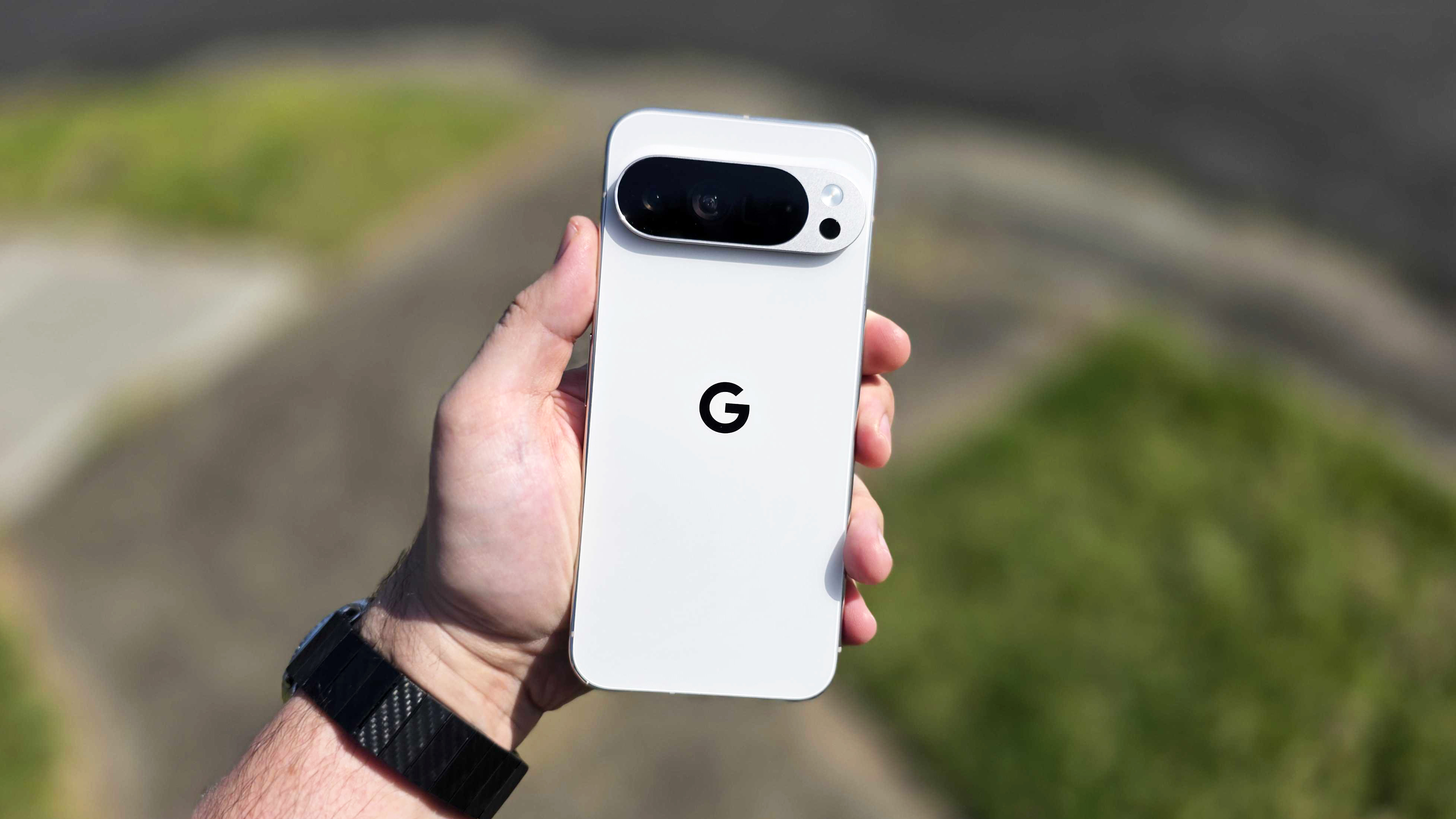
Specifications
Reasons to buy
Reasons to avoid
Google has loaded its flagship phones with an impressive lineup of AI features, headlined by the Pixel 10 Pro XL, which outshines the AI capabilities of Samsung's Galaxy S25 series. In fact, Google's AI claimed the top spot in our AI phone face-off, excelling in most head-to-head tests against other devices.
Building on previous generations, Google introduced the "Magic Cue," a localised assistant that brings up relevant info like delivery details, 2FA codes and calendar appointments right when you need them. Although it takes a bit of time to adapt, it could become a game-changing tool.
Additionally, the phone boasts a 100x Super Pro Res Zoom and the "Ask Photos" feature, letting you request specific edits for your pictures. Smaller but handy additions like Pixel Journal and Camera Coach also add extra value to the device.
If that's not enough, the Pixel 10 Pro XL also comes with major upgrades to its display and charging. In the Tom's Guide review, it set a new record for brightness with a peak output of 2,555 nits on its 6.8-inch Super Actua display. Charging is faster too, with 45W wired and 25W Qi2.2 wireless speeds, complete with built-in MagSafe-style magnets.
However, the phone does come at a higher price, as Google has dropped the 128GB storage option, making 256GB the new starting point.
Read our full Google Pixel 10 Pro XL review.
Best mid-range Android phone
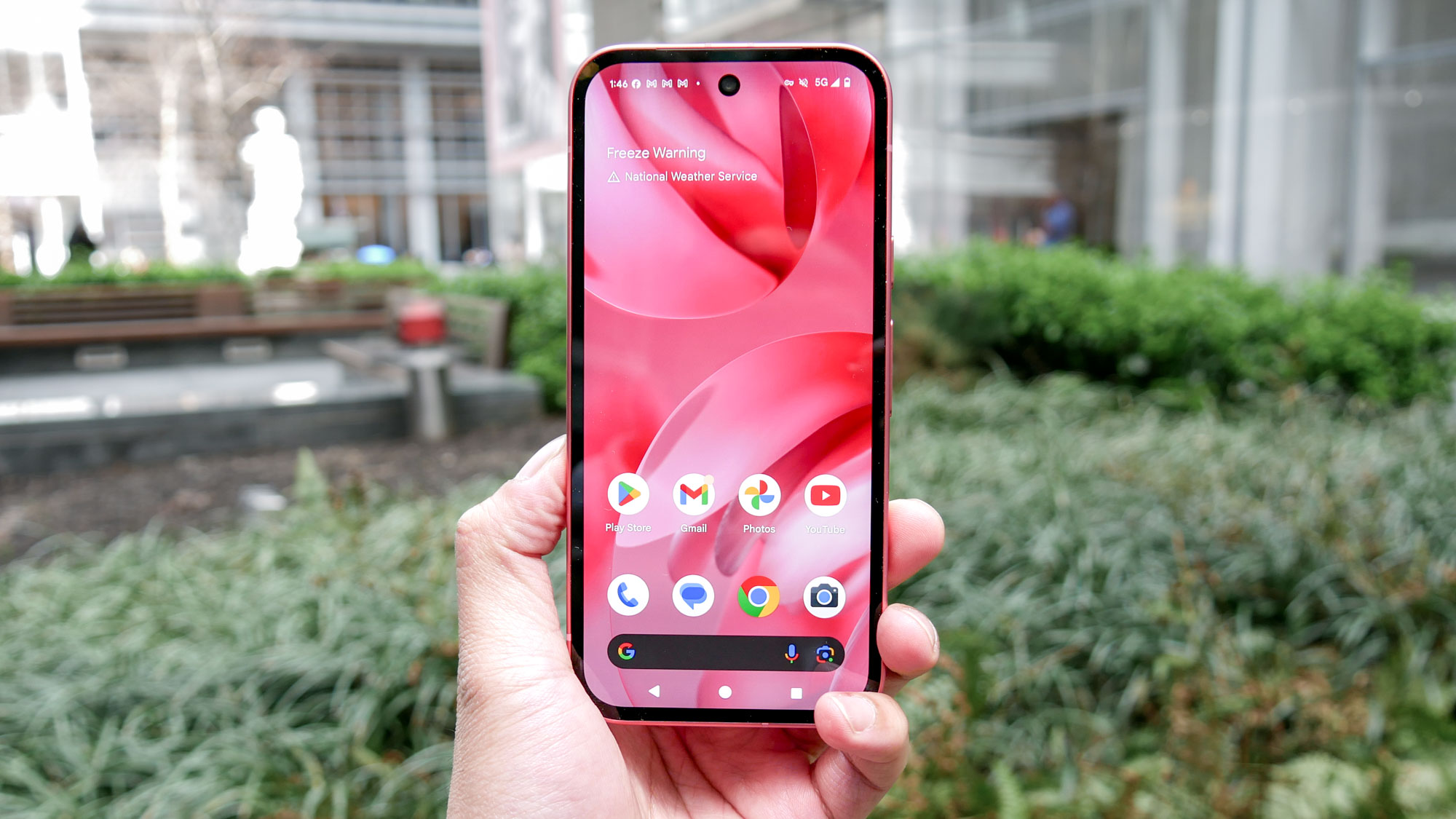
Specifications
Reasons to buy
Reasons to avoid
The Google Pixel 9a takes everything we loved about the Google Pixel 8a and beefs it up to eleven, all without changing the AU$849 price. That means you're getting a bigger display, as well as the new Tensor G4 chip and AI features all for the same cost.
In many ways, the Google Pixel 9a is both comparable to and an improvement over the Google Pixel 9. For instance, while the display on the 9a isn't quite as bright, it offers much more colour accuracy than the more expensive flagship. Not only that, the Pixel 9a also manages to draw nearly as much power from the Tensor G4 chip as the older model.
While the iconic camera bar is indeed gone from the new model's design, the Pixel 9a cameras perform impressively. The phone comes with an uncomplicated 48MP main camera with a 13MP ultrawide. Now, that might seem like a downgrade over the 64MP main camera offered by the Pixel 8a, but that isn't the case.
See, the Pixel 9a features a wider aperture on its main camera, which means you'll get sharper images, especially in darker conditions. You also gain a new macro focus mode that uses AI to enhance close-up photos. Google Pixel 9a also brings a new night-site feature, a first for the series, which inherently adds a proper astrophotography mode.
John Velasco's Pixel 9a vs. iPhone 16e camera face-off shows why the Pixel is the best midrange camera option, and Tom Pritchard demonstrated how the Pixel 9a's camera improves upon the Pixel 8a.
Finally, the amount of AI features you're getting access to for this cost is nothing short of fantastic. For instance, you're getting access to Google Gemini as well as Deep Research. (Call Notes and Pixel Screenshots are MIA from the Pixel 9a as this model doesn't have enough RAM a robust version of Gemini Nano to power those two specific capabilities.) Thanks to the latest Pixel Drop update, you can now access the Pixel 9a's camera with Gemini Live.
Read our full Google Pixel 9a review.
Best Samsung flagship for most people

Specifications
Reasons to buy
Reasons to avoid
The Galaxy S25 isn't Samsung's fanciest flagship — that would be the Galaxy S25 Ultra that leads these best Android phone rankings. Yet, by virtue of its lower price, more people are likely to purchase the AU$1,249 Galaxy S25 over the AU$1,849 Ultra. And I think when they do, they'll be quite pleased with the purchase — and not just because of that extra AU$600 they get to hold on to.
To be fair, not everyone's going to want to upgrade to the Galaxy S25. The phone's specs are too similar to the Galaxy S24 and even the Galaxy S23 to deliver noticeable performance upgrades, even with a much faster Snapdragon 8 Elite chip optimised for this particular model. The biggest gain from the Snapdragon silicon comes with the Galaxy S25's battery life. While this year's phone has the same size battery as the S24, it lasted around 2 hours longer on our battery test — a testament to the power efficiency of the Snapdragon 8 Elite.
People upgrading from older Samsung flagships will be more likely to appreciate those gains. But what you'll really like is the value — the same Galaxy AI features on the S25 Ultra are all accounted for on this much less expensive flagship. That includes advanced capabilities like cross-app actions that let you interact with multiple apps in one command and improvements to Circle to Search, our favourite addition to the Galaxy AI tools from last year.
The Galaxy S25 also takes better pictures, even with the same hardware specs as the last two entry-level Samsung flagships. That's likely because Samsung tweaked the ProVisual Engine on this year's models, resulting in truer colours and better performance in low-light.
Between the Galaxy AI capabilities, camera features and longer battery life, that's a lot of value packed into the Galaxy S25 before we even talk about its brighter screen. If you don't mind a compact 6.2-inch phone, this Samsung model is easiest on your budget of the new Galaxy flagships.
Read our full Samsung Galaxy S25 review.
Most affordable Google flagship
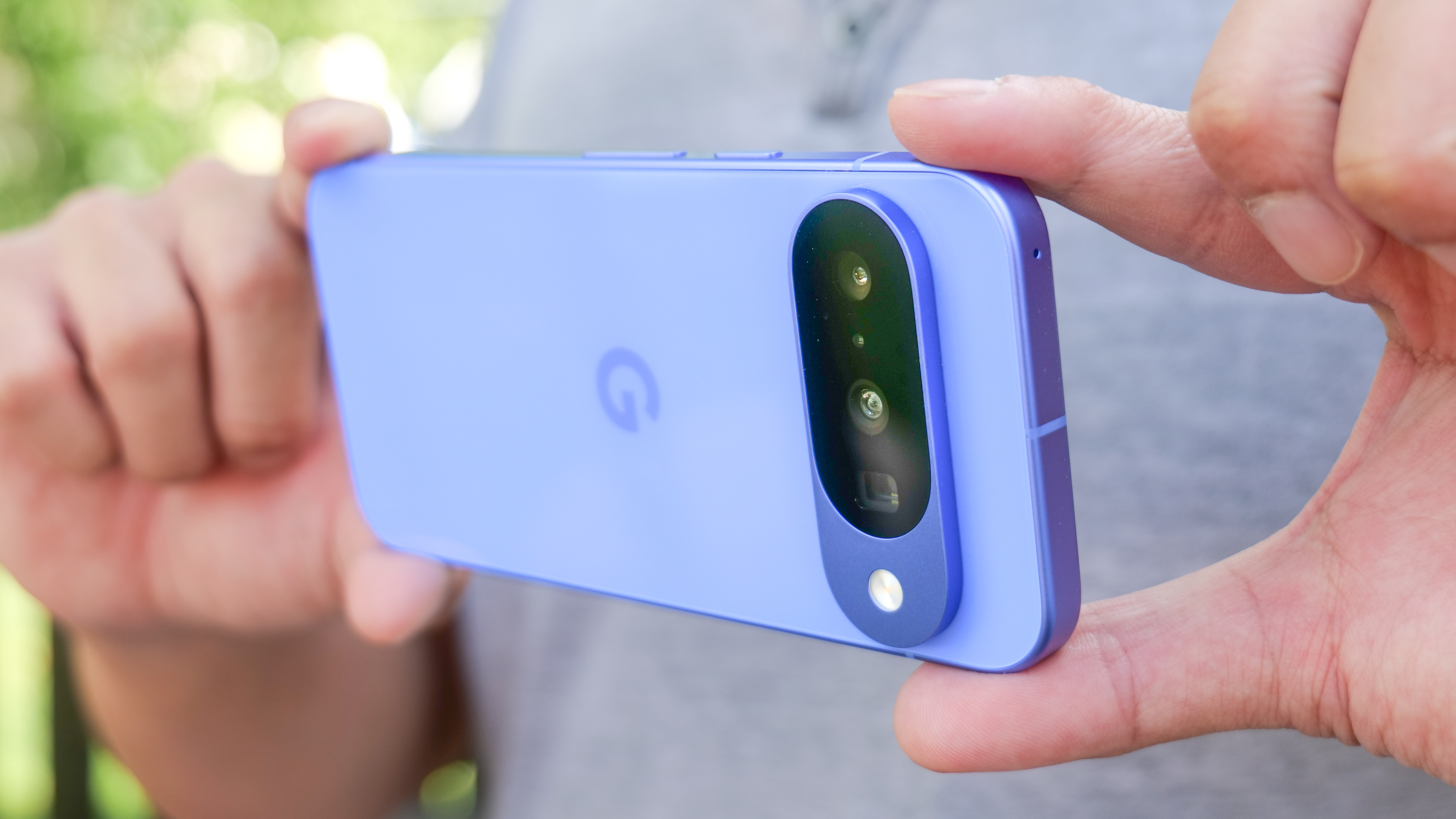
Specifications
Reasons to buy
Reasons to avoid
The Pixel 10 represents a massive leap for Google's standard flagship, incorporating features typically limited to premium 'Pro' models. This value is immediately evident in the new 10.8MP telephoto lens with 5x optical zoom — a feature often excluded from non-Pro flagships (a small compromise was made, dropping the ultrawide camera to 13MP).
Beyond the hardware, the phone showcases Google's leadership in AI, introducing the new Pixel Journal and assistant tools like Magic Cue, alongside improvements to photo features such as Best Take and the new Ask Photos for quick, smart editing.
Under the hood, the 3nm Tensor G5 chip delivers a functional performance uplift, but more importantly, it helps extend battery life to 13 hours and 13 minutes — a healthy improvement from the previous model. The commitment is cemented by 7 years of guaranteed major Android and security updates, ensuring the Pixel 10 remains relevant and feature-rich for years to come.
Read our full Google Pixel 10 review.
Best flip-phone foldable
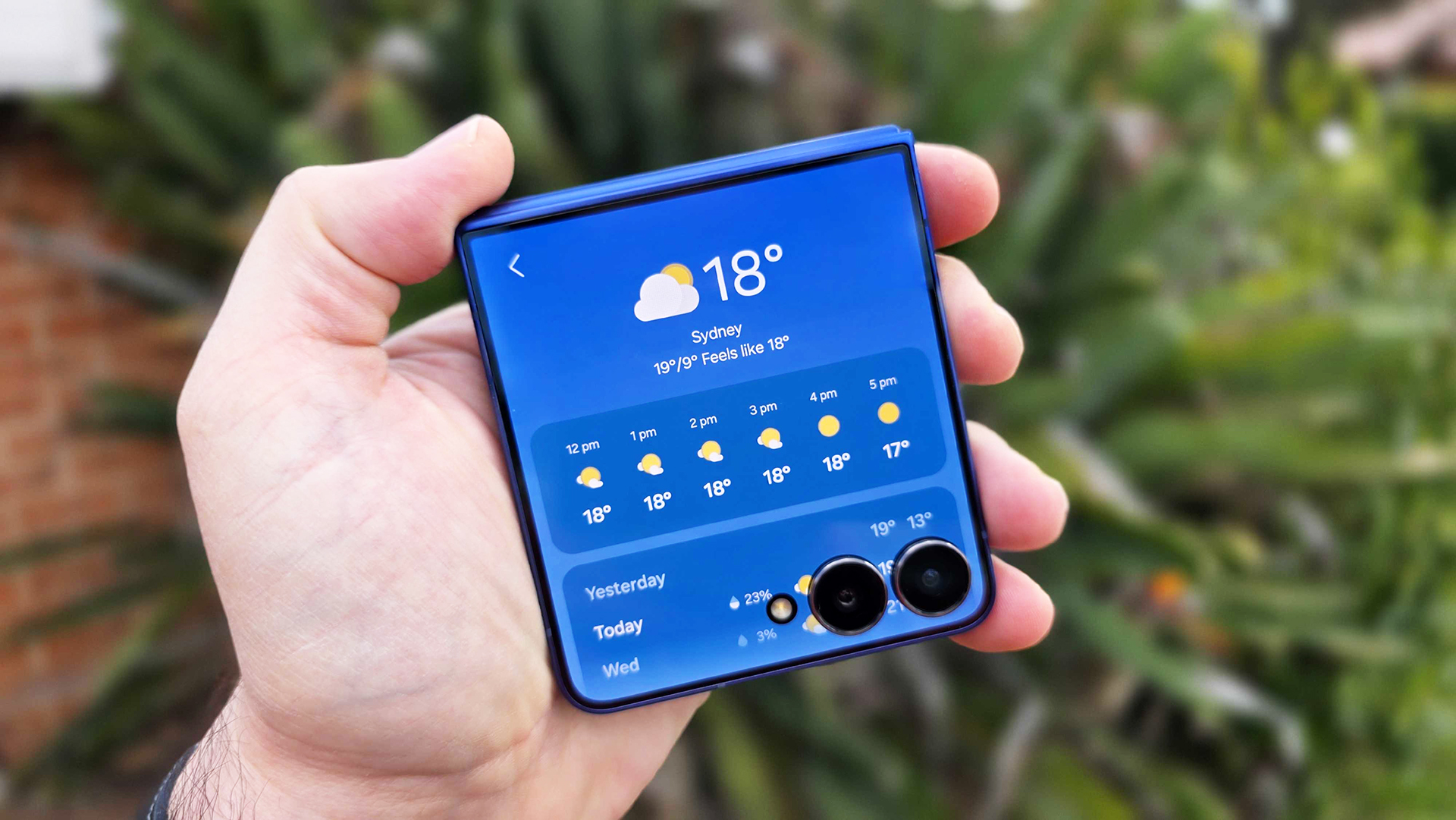
Specifications
Reasons to buy
Reasons to avoid
Samsung has upped its game to tackle the rising competition in foldable phones, particularly from Motorola, by introducing its best Galaxy Z Flip model yet. The improvements in the Galaxy Z Flip 7 have placed this phone back at the top for Android fans seeking foldable devices.
The Galaxy Z Flip 7 shines with its bigger screens both inside and out, but the real highlight is its slimmer design and improved durability. The 6.9-inch main display still has a crease at the fold, but it’s less noticeable now, making for a better user experience.
Samsung's Galaxy AI is like a clever sidekick, packed with features optimised for folding phones. The Now Brief feature is just a swipe away on the 4.1-cover screen, and it's impressive how the Galaxy Z Flip 7's camera can now be shared with Gemini Live, letting the AI see what we're seeing — a trick that leaves other flip phones flipping out in envy.
The cameras remain unchanged in hardware, but the upgraded ProVisual Engine does deliver improved low-light photos based on our testing. If you already have a recent Flip, this upgrade might not be worth it since your current model's cameras aren't far off from what's offered here.
Similarly, we found the Exynos 2500 chipset powering the Z Flip 7 can't match the Snapdragon 8 Elite's performance on benchmark tests. But at least the silicon's power efficiency and a larger battery than before helped the Galaxy Z Flip 7 extend its result on our battery test past 12 hours, a big improvement from before.
You can save money by turning to the cheaper Galaxy Z Flip 7 FE, but it lacks some of the more polished features of this model. The lighter, more compact design combined with more sophisticated features makes this the best flip phone out there.
Read our full Samsung Galaxy Z Flip 7 review.
How to choose the best Android phone for you
What are the best Android phones?
Here at Tom's Guide, we've taken the liberty of testing all of the major flagship Android phones in our quest to narrow down the best. Currently, the Samsung Galaxy S25 Ultra stands out as the best Android device for most people, offering a sleek design, powerful performance, exceptional cameras, impressive AI features, and the convenience of a built-in S Pen.
The Pixel 9 Pro XL delivers the ultimate Google experience on an Android phone, no question about it. With its Tensor G4 chipset, it incorporates Google's latest advancements in AI and machine learning, making it the smartest Android device yet. However, it's noticeably pricier than its predecessor, the Pixel 8 Pro, so it's worth considering the pros and cons of each model before deciding to upgrade.
If you're looking for a flagship-level smartphone experience on a budget, the Pixel 9a is a fantastic choice. It shares many features with its larger sibling, including the powerful Tensor G4 chipset, making it hard to beat at around AU$849.
How to choose the best Android phone for you
When looking to purchase a new Android phone, the first thing you'll undoubtedly look at is price. As you move up to around the AU$749 mark, you'll start to find more compelling handsets, touting better processors, higher-grade materials and more camera lenses. Progress into the AU$999-and-up range, and the best phones offer flagship-caliber performance along with cutting-edge computational photography and special features.
The most premium Android phones offer foldable designs, though there's talk a new round of devices from Samsung could make foldables more mainstream — that is, make the prices more affordable.
How we test the best Android phones
How we test the best Android phones
Every smartphone Tom’s Guide evaluates is tested for several days in real-world use cases and benchmarked with a gamut of performance-measuring apps. In terms of performance, we used Geekbench 5 to measure overall speed and 3DMark Wild Life to measure graphics performance.
We also use our own video editing test in the Adobe Premiere Rush app to see how long it takes to transcode a clip, which we run on both Android phones and iPhone to compare performance. (This test is not always available for all phones we test due to app compatibility issues.)
| Row 0 - Cell 0 | Geekbench 5 (single-core / multicore) | 3DMark Wild Life Unlimited (FPS) |
Galaxy S25 Ultra | 3031 / 9829 | 161.7 |
Pixel 9a | 1707 / 4512 | 57.4 |
Pixel 10 Pro XL | 2322 / 6286 | 81.03 |
Pixel 10 | 2345 / 6581 | 80.58 |
Galaxy S25 | 2916 / 9886 | 168 |
Galaxy Z Flip 7 | 2286 / 8079 | 114.6 |
One of the most important tests we run is the Tom's Guide battery test. We run a web surfing test over 5G (or 4G if the phone doesn't have 5G support) at 150 nits of screen brightness until the battery gives out. In general, a phone that lasts 10 hours or more is good, and anything above 11 hours makes our list of the best phone battery life.
| Row 0 - Cell 0 | Battery life (Hrs:Mins) |
Galaxy S25 Ultra | 17:14 |
Pixel 9a | 13:08 |
Pixel 10 Pro XL | 14:20 |
Pixel 10 | 13:13 |
Galaxy S25 | 15:22 |
Galaxy Z Flip 7 | 12:24 |
Last but not least, we take the best phones out in the field to take photos outdoors, indoors and at night in low light to see how they perform versus their closest competitors. We take shots of landscapes, food, portraits and more, and also allow you to be the judge with side-by-side comparisons in our reviews.
For more information, check out our how we test page for Tom's Guide.
Get instant access to breaking news, the hottest reviews, great deals and helpful tips.

Stephen Lambrechts is the Managing Editor of Tom's Guide AU and has written professionally across the categories of tech, film, television and gaming for the last 15 years. Before Tom's Guide, he spent several years as a Senior Journalist at TechRadar, had a brief stint as Editor in Chief at Official Xbox Magazine Australia, and has written for such publications as APC, TechLife Australia, T3, FilmInk, AskMen, Daily Telegraph and IGN. He's an expert when it comes to smartphones, TVs, gaming and streaming. In his spare time, he enjoys watching obscure horror movies on physical media, keeping an eye on the latest retro sneaker releases and listening to vinyl. Occasionally, he also indulges in other non-hipster stuff, like hiking.

